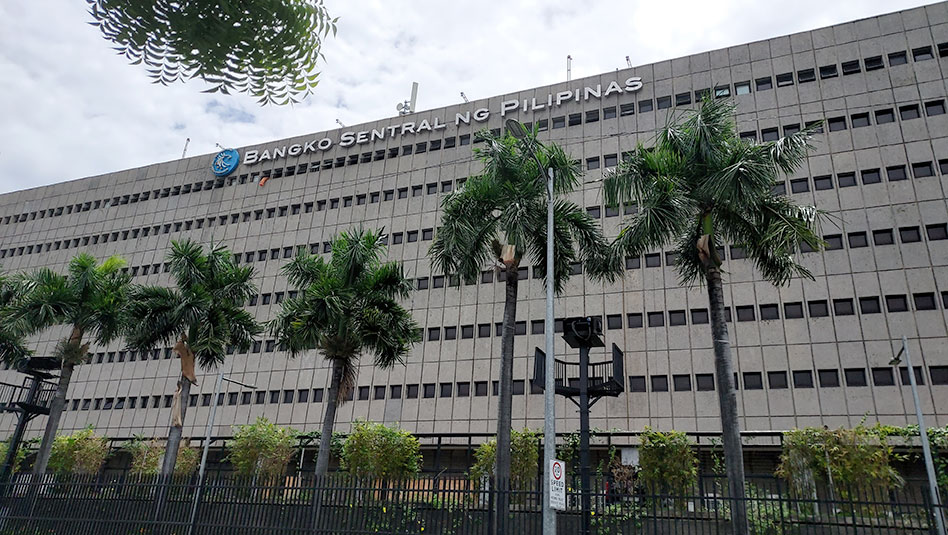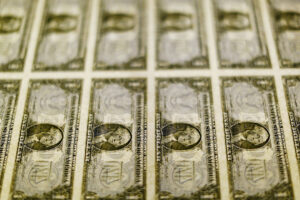




Policy Rate Updates: Closer to BSP’s Goldilocks moment
 DOWNLOAD
DOWNLOAD

Inflation Update: Speeds up but remains below target
 DOWNLOAD
DOWNLOAD

Monthly Economic Update: Fed back on track
 DOWNLOAD
DOWNLOAD


‘Hot money’ swings to net outflow in October

Short-term foreign investments continued to exit the Philippines for the second month in October as investors sought higher returns in other countries, data from the Bangko Sentral ng Pilipinas (BSP) showed.
Transactions on foreign investments registered with the central bank through authorized agent banks (AABs) posted a net outflow of USD 328.19 million in October, according to BSP data released on Thursday.
The October figure represents a reversal from the USD 83.44 million in net inflows seen a year earlier. However, it is 52.9% lower than the net outflow of USD 698.01 million in September.
Investments of this nature are commonly referred to as “hot money” due to the ease with which these flows can enter or leave an economy.
“Portfolio outflows from the Philippines persisted as investors sought better returns in countries like the United States,” China Banking Corp. Chief Economist Domini S. Velasquez said in a Viber message.
“The attractive interest rates, strong stock market performance, and ongoing economic resilience in advanced economies and financial centers such as Singapore and Hong Kong have been driving investments in those regions,” she said.
BSP data showed that gross outflows dropped by 19.1% to USD 1.28 billion in October from the USD 1.58 billion seen in the previous month.
October outflows more than doubled (128%) from the USD 561.11 million recorded in the same month in 2022.
The BSP said the United States received 61.9% of total outward remittances.
Meanwhile, gross inflows stood at USD 954.38 million, 7.5% higher than the USD 887.61 million posted in September and by 48% from USD 644.55 million a year earlier.
The bulk of investments (60.5%) went to Philippine Stock Exchange (PSE)-listed securities, mainly in banks, property, holding firms, casinos and gaming, as well as food, beverage and tobacco.
Around 39.5% of the foreign inflows went to investments in peso government securities and other instruments.
Investments during the month mostly came from the United Kingdom, the United States, Luxembourg, Singapore, and Hong Kong, which accounted for 88% of the total foreign inflows.
For the first 10 months of the year, hot money yielded a net outflow of USD 732.58 million, a reversal from the USD 320.24 -million net inflow in the same period last year.
Moving forward, Ms. Velasquez said portfolio inflows to the Philippines may improve in November and December.
“This is primarily due to the sentiment that the US has already reached its peak policy rate, which could prompt investors to divert their investments towards countries like the Philippines,” she said.
The Federal Reserve is widely expected to keep borrowing costs steady in its December policy meeting before its start cutting interest rates in 2024. The Fed has raised rates by 525 basis points (bps) from March 2022 to July 2023.
Back home, the BSP raised policy rates by 450 bps from May 2022 to October 2023, bringing the benchmark interest rate to a 16-year high of 6.5%.
“Additionally, the appreciation of the Philippine peso is expected to further facilitate portfolio inflows as we approach the end of the year,” Ms. Velasquez added.
The BSP expects hot money to yield a net inflow of USD 2 billion this year. — Keisha B. Ta-asan
This article originally appeared on bworldonline.com





 By BusinessWorld
By BusinessWorld